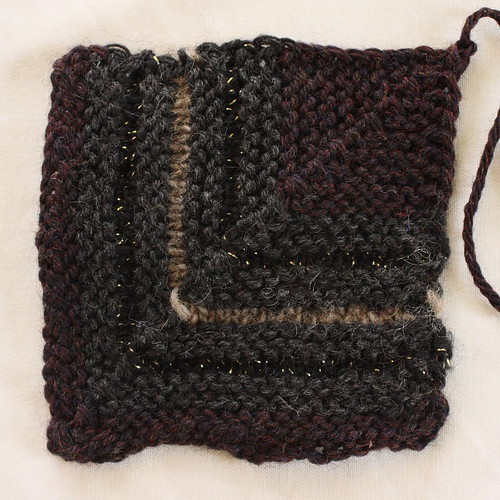
My favourite time to drive to the cottage is on a May night. In wetlands along the highway the spring peepers pipe so loud they are audible from inside the car. It is tempting to roll down the windows, but best of all, upon arrival we walk to the swamp out back and get the full impact, an eerie wall of sound from tiny frogs. But something is happening to amphibians around the world, and their choruses are falling silent.
Back home it can be equally exciting to walk along the Eramosa River at night, the same time of year. Toads throng there by the thousands to breed, rustling through the forest underbrush and uttering up a collective song that is deafening and unearthly. In a few weeks the spring chorus gives way to other sounds, as bullfrogs fill the summer darkness with their booming calls, and green frogs mutter, “Chub! Chub!”
Sadly, all these souds are growing scarcer. Populations of frogs, toads and salamanders around the world are in decline. Bullfrongs and two other frog species have been extirpated from Point Pelee National Park where they used to be numerous. In the places where I walk the sounds have not yet vanished altogether, but the nights become quieter every year.
It used to be a mystery. Some herpetologists blamed climate change. Pollution was obviously a problem, because amphibians breathe through their skin and are particularly susceptible to impurities in the ecosystem. But even in pristine environments like tropical rainforests, frogs are disappearing, and already a few species are believed extinct.
Several combined problems contribute, but recently one common factor has emerged in many studies. It turns out that a worldwide epidemic is killing amphibians. It is a fungus, Batrachochytrium dendrobatidis, that attacks melanin in their skin. The disease is called chytridiomycosis. Tadpoles do not produce much melanin anyway, so the swarms in ponds may appear healthy, but upon reaching adulthood they soon succumb to the disease.
This disease alone does not account for the decline of all species, but research into its cause and treatment may provide some hope of recovery. Amphibians are vital members of many food webs. In deciduous forest of eastern North America, innocuous salamanders may account for more biomass than any other vertebrate. It is difficult to assess how the disappearance of these and their kin will affect many other species such as herons and snakes that feed on them, but the decline of amphibians represents the single greatest threat to global biodiversity.
I knitted this square to evoke a nocturnal canoe ride at Lake Fletcher or a walk along the Eramosa River. The spangled dark is gorgeous and irresistible, but with each year it falls incrementally silent. If the frog and toad songs disappear altogether, it will be an incalculable loss.


Hey, thanks for visiting my blog. I really love your idea of knitting a square with a story behind each one.
ReplyDeleteI'll definitely visit again. :)